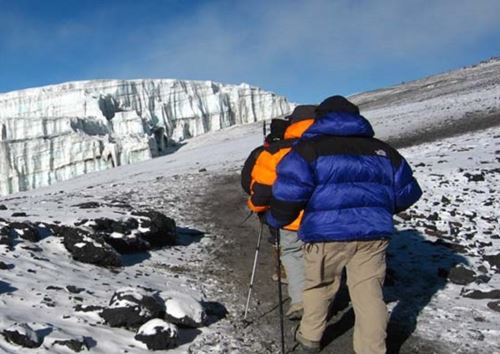Frequent Asked Questions About Kilimanjaro Tour
My name is Godson, though in this topic you can call me Safari Radar, am a safari capain of your beloved and the best Tanzania tour operator(Tanzania Safari Radar). Today am real happy to bring to you the current and most up-to-date information i prepared from my reputable field of every year/seasonal of climbing Kilimanjaro since from 2015 on how to plan attending the safety and enjoyable adventure of Mt.Kilimanjaro(5895m).
Kilimanjaro hiking tour especially hiking with summit to Uhuru Peak is not a simple and easiest adventures in search a way you can wake up and plan to start your Kilimanjaro hiking. A well plan of attending your Kilimanjaro hiking tour may cover 50% to successed on your dream to reach the peak of a free standing mountain in the world(5895m above the sea level). You have no choice from rejecting to spend your time to do a pre-peration of Mt.Kilimanjaro hiking tour, due to this matter ranging in my expert, today am here to help you by providing all most important guidelines for your Kilimanjaro preparation.
Welcome to my wide range of the most complete, up-to-date and latest bunch of guide to plan your Kilimanjaro tour, your pre-peration to Kilimanjaro tour need to consider and discussing several matters that are classfied in the following categories.
Nature, uniqueness, climate, altitude and terrain of Kilimanjaro.
Be aware of potential risks like altitude sickness, cold, and wildlife encounters.
Familiarize yourself with available rescue services in case of emergencies.
Research different tour options, including their itineraries, inclusions and costs.

Volcano in Tanzania
Mount Kilimanjaro is a dormant volcano in Tanzania. It is the highest mountain in Africa and the highest mountain in Africa and the highest free-standing mountain above sea level in the world: 5,895m (19,341ft) above sea level and 4,900m (16,100ft) above its plateau base. Mount Kilimanjaro's three peaks were formed after volcanic eruptions millions of years ago. One volcanic cone, Shira, is now extinct and eroded, while the other two, Mawenzi and Kibo, 'melted' together after subsequent eruptions. Kibo is now the highest with its famous Uhuru peak at almost 6000m above sea level.
Kilimanjaro RoutesPath Way to Uhuru Peaka
Officially, Kilimanjaro has 6 well published routes for ascending Kilimnjaro up to Uhuru Peak, each route differ from one another aiming to offer a wide range of hikers depending of their fitness, desire, time, and budget. Kilimanjaro Routes: Lemosho route, Machame Route, Rongai Route, Marangu Route, Umbwe Route and Londorossi Route accompained with a Northern Circuit(sub-route) and Mweka Route(descend and supply)
+ Lemosho Route
+ Machame Route
+ Marangu Route
+ Rongai Route
+ Umbwe Route
+ Londorossi Route
Actually there is no offial best route to climb Kilimanjaro!, each climber/hiker has his/her own best route from one to another. The best route to climb Kilimanjaro for a successful summit depends on your fitness level, experience and self interest/desire. You have no choice apart from takiing a number of your watch's arrow to read all six routes + northern circuit sub route for your best choice after being aware on its defference; difficulty level, and unuque features.

Kilimanjaro is one of the seven summit of the world, Kilimanjaro is the highest mountain in Africa, and at 19,341ft the summit falls into the extreme altitude mountaineering category. Wonderful!, Mt.Kilimanjaro is one of the few mountains of this size thatdo not requres techinical skill to reach the summit.
My radar went extra mile, deeply on this matter to make sure we guarantee your safety during your hiking with Tanzania Safari Radar. Let take a look on factors may affect safety during your Kilimanjaro hiking Tour.
Key Factors May Affect Your Safety on Kilimanjaro: